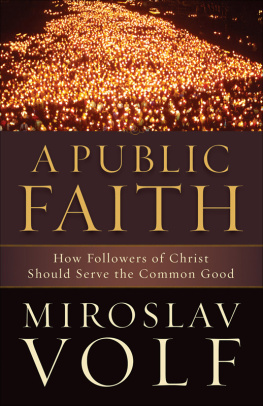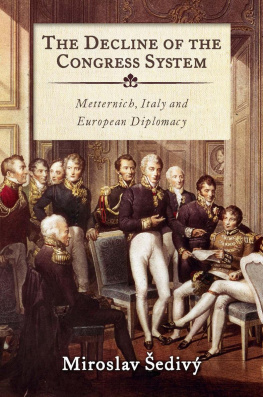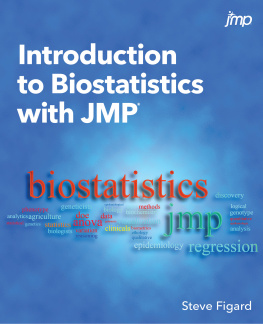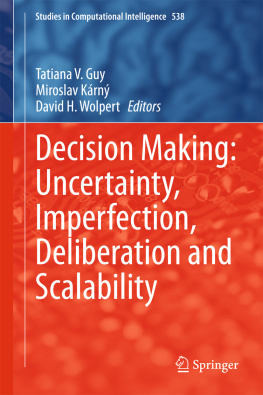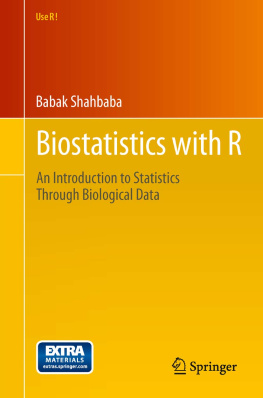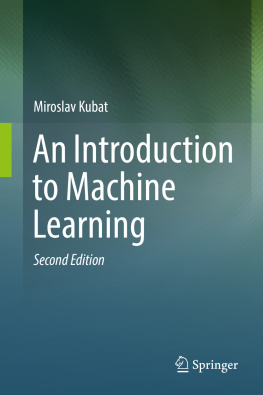Kaps Miroslav - Biostatistics for Animal Science
Here you can read online Kaps Miroslav - Biostatistics for Animal Science full text of the book (entire story) in english for free. Download pdf and epub, get meaning, cover and reviews about this ebook. year: 2017, publisher: CAB International, genre: Home and family. Description of the work, (preface) as well as reviews are available. Best literature library LitArk.com created for fans of good reading and offers a wide selection of genres:
Romance novel
Science fiction
Adventure
Detective
Science
History
Home and family
Prose
Art
Politics
Computer
Non-fiction
Religion
Business
Children
Humor
Choose a favorite category and find really read worthwhile books. Enjoy immersion in the world of imagination, feel the emotions of the characters or learn something new for yourself, make an fascinating discovery.

- Book:Biostatistics for Animal Science
- Author:
- Publisher:CAB International
- Genre:
- Year:2017
- Rating:3 / 5
- Favourites:Add to favourites
- Your mark:
- 60
- 1
- 2
- 3
- 4
- 5
Biostatistics for Animal Science: summary, description and annotation
We offer to read an annotation, description, summary or preface (depends on what the author of the book "Biostatistics for Animal Science" wrote himself). If you haven't found the necessary information about the book — write in the comments, we will try to find it.
Biostatistics for Animal Science — read online for free the complete book (whole text) full work
Below is the text of the book, divided by pages. System saving the place of the last page read, allows you to conveniently read the book "Biostatistics for Animal Science" online for free, without having to search again every time where you left off. Put a bookmark, and you can go to the page where you finished reading at any time.
Font size:
Interval:
Bookmark:
Biostatistics for Animal Science, 3rd Edition
Miroslav Kaps
University of Zagreb
Faculty of Agriculture
Croatia
and
William R. Lamberson
Division of Animal Sciences
University of Missouri, USA

CABI is a trading name of CAB International
CABI | CABI |
Nosworthy Way | 745 Atlantic Avenue |
Wallingford | 8th Floor |
Oxfordshire OX10 8DE | Boston, MA 02111 |
UK | USA |
Tel: +44 (0)1491 832111 | T: +1 (617)682-9015 |
Fax: +44 (0)1491 833508 | E-mail: |
E-mail: | |
Website: www.cabi.org |
M. Kaps and W.R. Lamberson, 2017. All rights reserved. No part of this publication may be reproduced in any form or by any means, electronically, mechanically, by photocopying, recording or otherwise, without the prior permission of the copyright owners.
A catalogue record for this book is available from the British Library, London, UK.
Library of Congress Cataloging-in-Publication Data
Names: Kaps, Miroslav, author. | Lamberson, William R., author.
Title: Biostatistics for animal science / Miroslav Kaps, University of Zagreb, Faculty of Agriculture, Croatia and William R. Lamberson, Division of Animal Sciences, University of Missouri, USA.
Description: 3rd edition. | Wallingford, Oxfordshire, UK ; Boston, MA : CABI, [2017] | Includes bibliographical references and index.
Identifiers: LCCN 2017007116 (print) | LCCN 2017008645 (ebook) | ISBN 9781786390370 (paperback : alk. paper) | ISBN 9781786390363 | ISBN 9781786390370
Subjects: LCSH: Livestock--Statistical methods. | Biometry.
Classification: LCC SF140.S72 K37 2017 (print) | LCC SF140.S72 (ebook) | DDC 636.0072/7--dc23
LC record available at https://lccn.loc.gov/2017007116
ISBN-13: 978 1 78639 035 6
Commissioning editor: Caroline Makepeace
Associate editor: Alexandra Lainsbury
Production editor: Shankari Wilford
Printed and bound in the UK from copy supplied by the authors by CPI Group (UK) Ltd, Croydon, CR0 4YY.
The purpose of the book is to help students and researchers to learn about and apply appropriate experimental designs and statistical methods. It has been written mainly for students and researchers of the animal sciences; however, we believe that many sections of the book may be of interest for those studying other agricultural, biological and veterinary sciences. The main structure in this third edition follows those from the previous editions; however, some topics were extended and new sections were added. Hopefully, the clarity of the text and examples are improved. In this third edition, readers are again presented basic principles of statistics so they will be able to follow subsequent applications with familiarity and understanding. Later chapters cover statistical methods most frequently used in the animal sciences for analysis of continuous and categorical variables. Likelihood theory had been given greater attention in this edition, and simple numerical examples should make it easier to understand basic concepts. Nevertheless, the reader can comfortably skip those sections and turn attention to more practical and concrete applications. There is now an extended section about analyzing discrete and categorical variables with application and examples.
Each chapter begins by introducing a problem with practical questions, followed with a brief theoretical background and short proofs. The text is augmented with examples, mostly from animal sciences and related fields, with the purpose of making applications of the statistical methods familiar. Some examples are very simple and are presented in order to provide basic understanding of the logic behind calculations. Some examples are more complex, especially those in the later chapters. Most examples are also solved using SAS statistical software. Both sample SAS programs and SAS outputs are given with brief explanations.
The first five chapters of the book provide a basic introduction to biostatistics including definitions of terms, coverage of descriptive statistics and graphical presentation of data, the basic rules of probability, methods of parameter estimation, and descriptions of distributions which are used later in analyzing data. describes hypothesis testing and includes explanations of the null and alternate hypotheses, use of probability or density functions, critical values, critical regions and P values. Hypothesis tests for many specific cases are shown such as population means and proportions, expected and empirical frequency, and test of homogeneity of variances. The difference between statistical and practical significance, types of errors in making conclusions, power of test, and sample size are discussed. There is also description of an equivalence test for determining whether the difference between treatments is less than a specified value. There are updates of power analyses incorporating the power procedure in SAS.
Some examples are shown including estimating growth curves and functions with a plateau such as for determining nutrient requirements.
One-way analysis of variance is introduced in .
focus on specific experimental designs and their analyses. Specific topics include: general concepts of design, blocking, change-over designs, factorials, nested designs and split-plots. The next three chapters cover analysis of covariance, repeated measures and analysis of numerical treatment levels. Examples with sample SAS programs, updated with approaches for calculating appropriate degrees of freedom, are provided for each topic.
The final chapter covers the special topic of discrete, categorical and continuous non-normal dependent variables. The sections of the chapter are listed by the variable type including the following discrete variables: binomial, Poisson, geometric and negative binomial. Logit and probit models for binary and binomial dependent variables are explained and diagnostic tests and ROC curve analysis are included. Other discrete distributions are mainly used for various count data. Gamma, beta, exponential, lognormal and inverse normal variables are introduced as examples of non-normal continuous variables. Appropriate new examples are added and SAS programs updated with some new useful options and graph capabilities.
We greatly appreciate those who have read and used the first two editions of the book and then wrote a review or made a suggestion in personal communications, especially William Browne and Michael Yu. We wish to express our gratitude to everyone who helped us produce this book. We extend our special acknowledgement for their kindly help for the first two editions as well as to this one, to Matt Lucy, Duane Keisler, Henry Mesa, Kristi Cammack, Marijan Posavi, Vesna Luzar-Stiffler, Steven Lukefahr, Denise McNamara, Catherine Selby, Jackie Atkins, Laura Schopp and Ivan Pocrnic for their reviews, and Cyndi Jennings, Cinda Hudlow and Dragan Tupajic for their assistance with editing.
Miroslav Kaps
William R. Lamberson
Zagreb, Croatia
Columbia, Missouri
December 2016
Presenting and Summarizing Data
Data are the material with which statisticians work. They are records of measurement, counts or observations. Examples of data are records of weights of calves, milk yield in lactation of a group of cows, male or female sex, and blue or green color of eyes. A set of observations on a particular character is termed a variable. For example, variables denoting the data listed above are weight, milk yield, sex, and eye color. Data are the values of a variable, for example, a weight of 200 kg, a daily milk yield of 20 kg, male, or blue eyes. The expression variable denotes that measurements or observations can be different, i.e., they show variability. Variables can be defined as quantitative (numerical) and qualitative (attributive, categorical, or classification).
Next pageFont size:
Interval:
Bookmark:
Similar books «Biostatistics for Animal Science»
Look at similar books to Biostatistics for Animal Science. We have selected literature similar in name and meaning in the hope of providing readers with more options to find new, interesting, not yet read works.
Discussion, reviews of the book Biostatistics for Animal Science and just readers' own opinions. Leave your comments, write what you think about the work, its meaning or the main characters. Specify what exactly you liked and what you didn't like, and why you think so.




